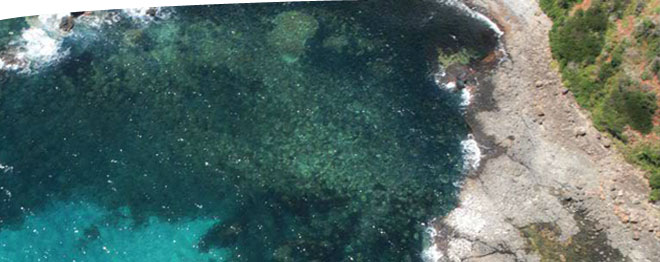[cs_content][cs_section parallax=”false” style=”margin: 0px;padding: 45px 0px;”][cs_row inner_container=”true” marginless_columns=”false” style=”margin: 0px auto;padding: 0px;”][cs_column fade=”false” fade_animation=”in” fade_animation_offset=”45px” fade_duration=”750″ type=”1/1″ style=”padding: 0px;”][x_slider animation=”slide” slide_time=”7000″ slide_speed=”1000″ slideshow=”true” random=”false” control_nav=”false” prev_next_nav=”false” no_container=”true” touch=”false” pause_on_hover=”true” ][x_slide] [/x_slide][x_slide]
[/x_slide][x_slide] [/x_slide][x_slide]
[/x_slide][x_slide] [/x_slide][x_slide]
[/x_slide][x_slide] [/x_slide][x_slide]
[/x_slide][x_slide] [/x_slide][x_slide]
[/x_slide][x_slide] [/x_slide][x_slide]
[/x_slide][x_slide] [/x_slide][/x_slider][/cs_column][/cs_row][cs_row inner_container=”true” marginless_columns=”false” style=”margin: 0px auto;padding: 0px;”][cs_column fade=”false” fade_animation=”in” fade_animation_offset=”45px” fade_duration=”750″ type=”2/3″ style=”padding: 0px;”][cs_text]
[/x_slide][/x_slider][/cs_column][/cs_row][cs_row inner_container=”true” marginless_columns=”false” style=”margin: 0px auto;padding: 0px;”][cs_column fade=”false” fade_animation=”in” fade_animation_offset=”45px” fade_duration=”750″ type=”2/3″ style=”padding: 0px;”][cs_text]
A GEOLOGICAL BRIEF

Permian, Jurassic, Ordovician, Cretaceous …. the past eons, eras and periods of the Earth’s history carved the topographical palimpsest of Tasmania. This unique island originated as part of a continental fragment torn away from the side of Antarctica over 170 million years ago. Accompanying flows of huge molten dolerite intrusions remain as the flat-topped mountains, the plateau and the smaller pointed peaks particular to Tasmania, and Antarctica, and rarely seen on mainland Australia. Before this event, Tasmania as part of Gondwana, was connected to Antarctica. In the glacial lakes of the Franklin-Gordon Wild Rivers National Park, small primitive crustaceans, Anaspides, remain as living links to this Permian period of 250 million years ago – a time of seed ferns, conifers, amphibians and reptiles and the last of the trilobites.The older part of Tasmania in the west sits alongside the younger centre formed in the Jurassic period. The rugged cliffs of Bruny Island are columns of dolerite rock formed in this time, 165 million years ago.
Sea levels rose and fell over the next 100 million years, as ice ages came and went. Glaciers changed the shape and surface of Tasmania. In the Pleistocene epoch, at the end of which, modern humans appeared in Africa, glaciers sliding down mountains gouged out the cirque valleys, amphitheatres, whose bow-shaped jagged rims encircle lakes such as Crater Lake and Dove Lake. The final separation of Australia from Antarctica was achieved 45 million years ago, the tearing apart sticking at the great granite ridges between Victoria and the Furneaux Islands and King Island. Crustal tearing around this sticking point, continental masses shearing past each other, huge basins forming where the crust subsided all left their imprint on the land mass of island Tasmania and its surrounding ocean floors. The escarpments of the West Cost of Tasmania mirror the mighty escarpments of the South Tasman Rise a kilometre below the ocean. “The combination of glacial lakes, ice-sculptured dolerite peaks and a vegetation dominated by Gondwanan forests of Northofagus (myrtle beeches and deciduous beeches) and conifers, is not only quintessentially Tasmanian and breathtakingly beautiful, but carries with it the sense of close relationship to our sister continent ( Antarctica) …” ( 40’ South. Tasmania 22. www.fortysouth.com )
[/cs_text][/cs_column][cs_column fade=”false” fade_animation=”in” fade_animation_offset=”45px” fade_duration=”750″ type=”1/3″ style=”padding: 0px;”][x_widget_area sidebar=”ups-sidebar-the-house” ][/cs_column][/cs_row][/cs_section][/cs_content]
